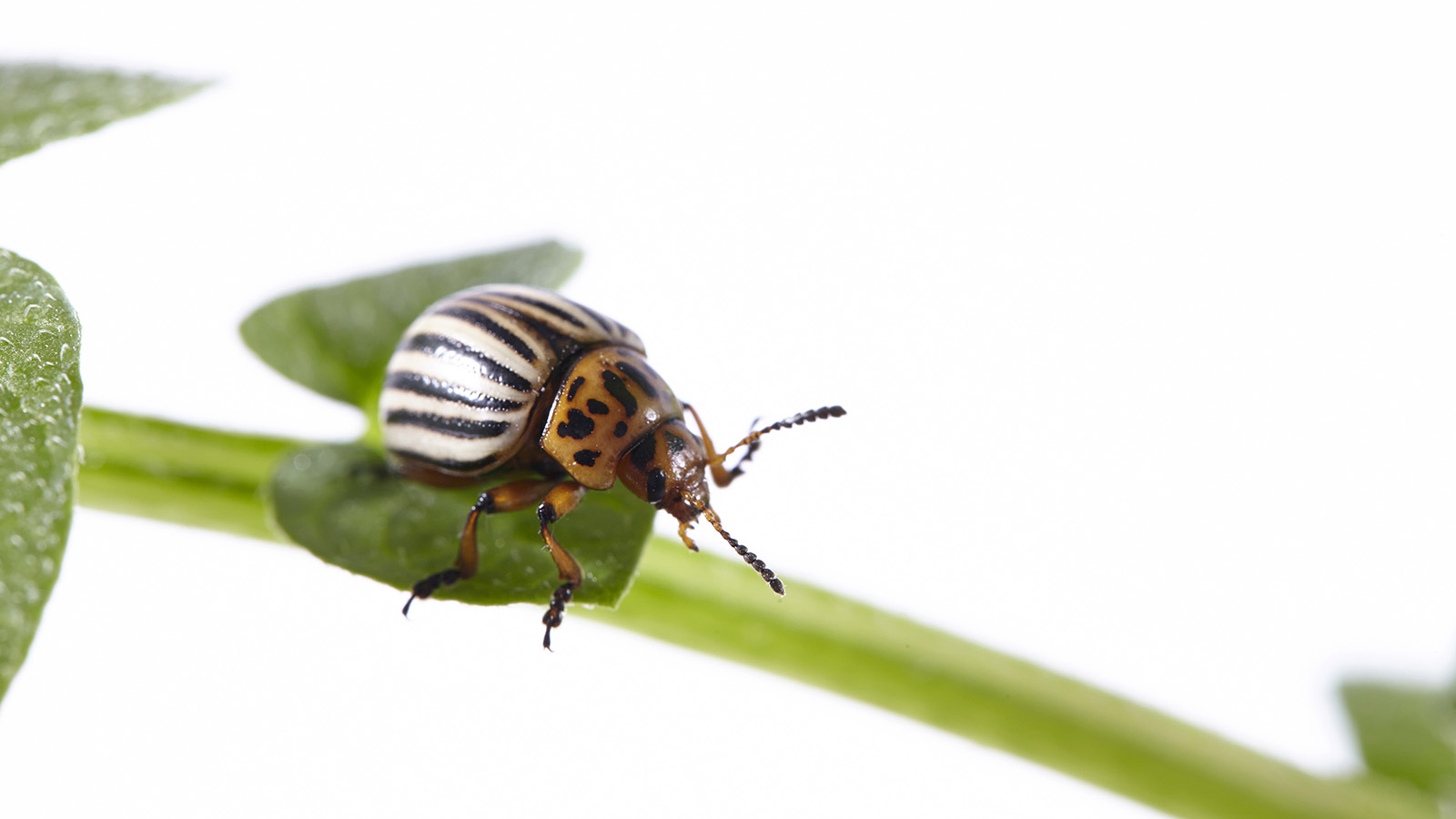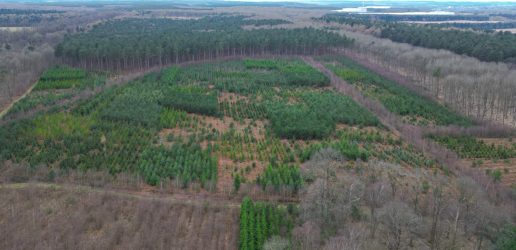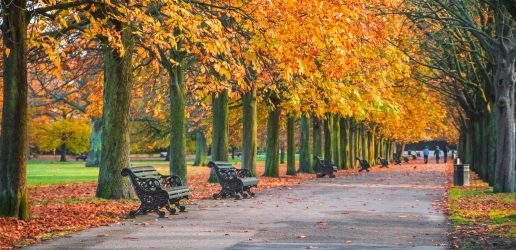Most people recognise that plants have environmental, aesthetic, economic and recreational value and agree that it is important to protect plants and trees from pests and diseases, according to research published today. For example, when thinking about the impact that loss of plants and trees due to pests and diseases could have at the national scale, around two fifths of people surveyed said that reduced air quality (40.4%), loss of carbon capture or release of carbon from dying plants and trees (38.1%) and loss of biodiversity or nature (37.2%) mattered a great deal to them.
However, this concern does not always translate into taking personal action for biosecurity. Just 13.9% of people surveyed said they always checked the plants and trees in their homes and gardens for signs of pests and diseases and tried to treat any problems they found and only 15.4% said they always clean their footwear of soil after going for a walk around areas of woodland.

The survey of over 7,000 by Forest Research, part of the ‘National Conversation on Plant Health’ project funded by Defra, looks at levels of awareness and understanding of biosecurity and plant and tree health in the UK. Published ahead of National Plant Health Week, the research explores what the public sees as their role and responsibility when it comes to improving biosecurity, as well as identifying barriers to adopting plant health behaviours.
Emma Hinton, Social Scientist at Forest Research, said “Protecting trees from significant pest and disease threats requires changes in behaviour and practice from a wide range of stakeholders, including the public. The ‘National Conversation on Plant Health’ project aims to facilitate a dialogue with the public and other groups to increase appreciation, understanding and support for plant health and biosecurity.
“Findings from this project will be used to inform future campaigns, to increase understanding of key plant health risks and to encourage everyone to take specific actions to help minimise them.”
Key findings include:
- 70.9% of people said they had not searched or asked for information on plant pests or diseases.
- The term biosecurity is not well understood. Only five percent believe they know exactly what it means. When presented with a series of statements about biosecurity and asked which they agreed with, around two thirds of people agreed with the true statements but only a fifth disagreed with the false statements.
- People considered impacts to matter more at the national scale compared to the local scale when considering the removal of plants or trees due to plant pests and diseases. For example, 80.9% of people were concerned about the reduction of air quality at a national scale compared to 77.3% at a local scale.
- 43.2% of people said they always (20.9%) or often (22.3%) checked plants for signs of pests or diseases before purchase.
- The three top threats that people identified as posing extremely high risk to plant and tree health were climate change (26.9%), bringing back plants or trees from personal trips abroad (25.6%) and poor awareness of plant and tree pests and diseases (23.5%).
- Asked what prevented them from taking action to benefit plant health, the main reasons people provided were not having the knowledge (54.5%) resources (46.8%) or authority (43.3%) to do what is needed.
For more information and to read the full report, visit National Conversation on Plant Health – Forest Research
For guidance on how to protect tree health by putting in place biosecurity measures for land you manage, visit Biosecurity – Forest Research
For advice on how everyone can take action for plant health, visit Top tips for Plant Health | Plant Health Action
Recent News
View All news
Seventeen coniferous tree species show early promise for future commercial timber production in the UK
Researchers have set up a network of nine large scale experiments across the UK to test the suitability of 17 tree species as potential alternatives for future commercial timber production.
Forest Research are looking for people involved in the harvesting, processing, transport, import, or trade of firewood in Scotland to complete an important survey.

New guide to help local authorities conduct a people survey on the social value of their treescapes
A new step-by-step guide to help local authorities, charities and civic societies carry out a people survey to understand social and cultural values related to trees in their area, is now available.

Seventeen coniferous tree species show early promise for future commercial timber production in the UK
Researchers have set up a network of nine large scale experiments across the UK to test the suitability of 17 tree species as potential alternatives for future commercial timber production.
Forest Research are looking for people involved in the harvesting, processing, transport, import, or trade of firewood in Scotland to complete an important survey.

New guide to help local authorities conduct a people survey on the social value of their treescapes
A new step-by-step guide to help local authorities, charities and civic societies carry out a people survey to understand social and cultural values related to trees in their area, is now available.

